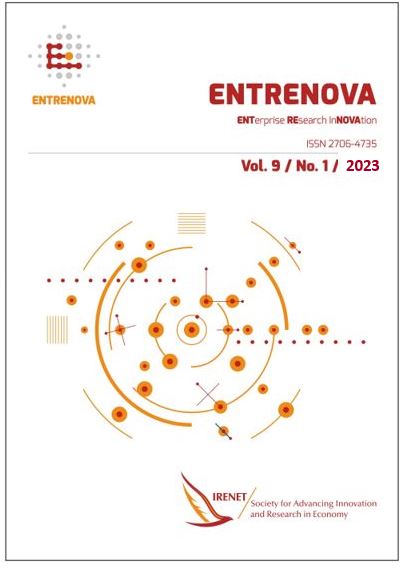Spatial Features of the Distribution of Educational Potential and Investment in Innovation in the Regions of Central and Eastern Europe
DOI:
https://doi.org/10.54820/entrenova-2023-0015Keywords:
spatial econometrics, regional policy, innovations, clusters, educational potential, labour marketAbstract
Over the past decades, significant structural changes have occurred in European countries' labour markets. In this work, the following goals were set: to study the spatial features of the distribution of the educational potential of the economically active population; to analyse the investment in innovation on the example of the countries of Central and Eastern Europe; to study the development of regional markets and to identify the role of innovative enterprises in the formation of spatial regimes and regional clusters. The research methodology uses Eurostat data, spatial econometrics and statistics methods, cluster analysis methods, and time series. The article considers the problems of the spatial distribution of the educational potential of the economically active population in the NUTS 2 regions for 6 CEE countries over a long period. Conclusion: Based on the application of models of spatial econometrics, an analysis of the relationship between the educational potential of the economically active population and investments in innovations was carried out, the role of innovations and the development of regional labour markets were studied, regional disproportions and insufficient flexibility of regional markets to socioeconomic challenges were identified.
Downloads
Published
How to Cite
Issue
Section
License
Copyright (c) 2024 Monika Hudakova, Nadiya Dubrovina, Veronika Grimberger, Stefan Graser

This work is licensed under a Creative Commons Attribution-NonCommercial 4.0 International License.

